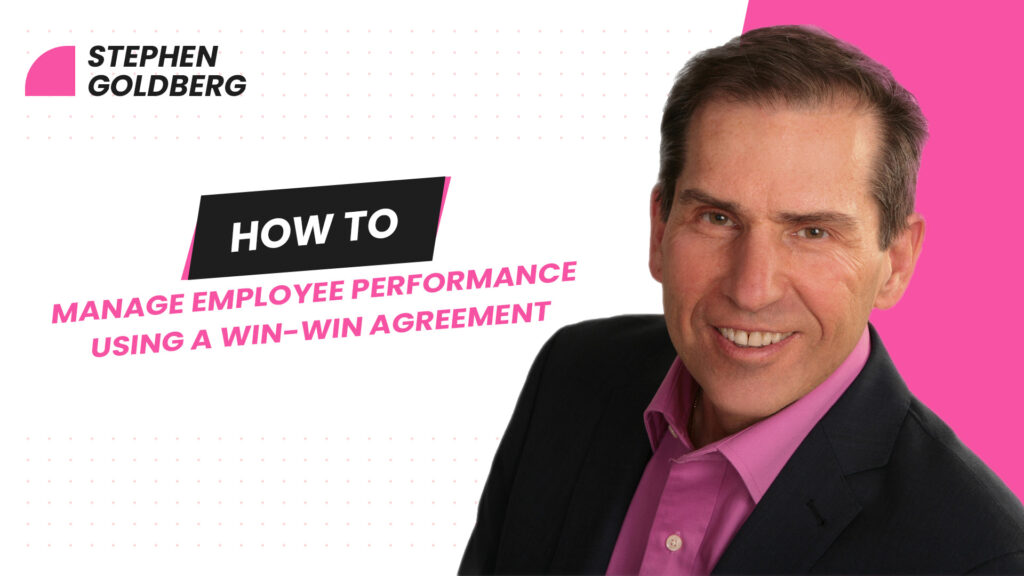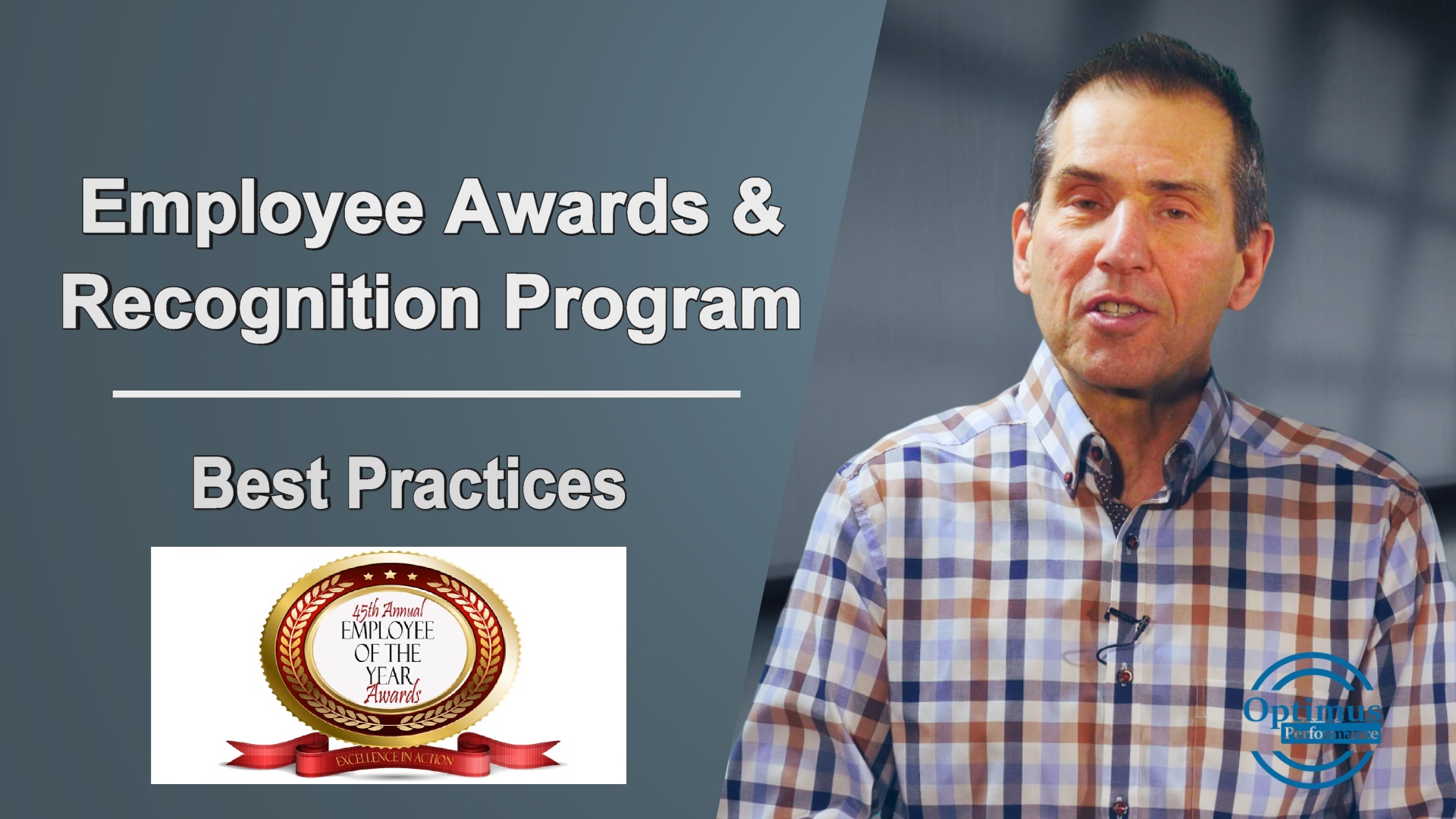
Did you know that your type of person affects your leadership style?
When I say, type of person, it means it is the core of who you are. It drives certain attributes and challenges as well.
In the FREE workshop that I will be launching, you will be able to identify your type, and you will learn how to utilize your type to become a great leader.
But for today’s video, I want to focus on a certain component of this which really drives leadership style and teamwork- the component of passive or active and negative or positive.
The passive type is more content with the way things are and thinks that there is no need for change if things are going well. Active types, however, always see the need to change and improve things.
Negative types see the glass as half empty or tend to be more pessimist. They see what is not going right whether it is a physical process or ideas. This would also affect how they approach others about the change they want to make, and a positive passive type may see their approach as aggressive or threatening.
Positive types tend to see the glass half full and are optimists. They seek change and improvements but would approach others in a more diplomatic and positive way. Thus, people would tend to perceive them as less aggressive and more diplomatic.
Learning the Types of People approach is a powerful way to know yourself better and to understand others. It provides in-depth knowledge of the core motivation, qualities, and fears of people.
The best way to learn this is through an interactive workshop with a group of people. You can add yourself to the list to receive news of upcoming workshops on Types of People, Ways to Success.
What type of person are you? Sign up to get news of the next workshop.



